A reader named John R. asks:
I recently began watching a Paper Mario Sticker Star walkthrough on youtube and I noticed that the lucky cat sticker has some kanji on it. Could you tell me what it says please?
This one’s pretty simple – the text is on a gold coin that says 千万両, which translates literally to “ten million ryo”. Ryo refers to an old type of Japanese money – you can read more about it here.
What we sometimes call “lucky cats” in English are known as “maneki-neko” or “beckoning cats” in Japanese, and they’re considered good luck charms of sorts, especially relating to money. You’ll often see them in shops and businesses for that reason.
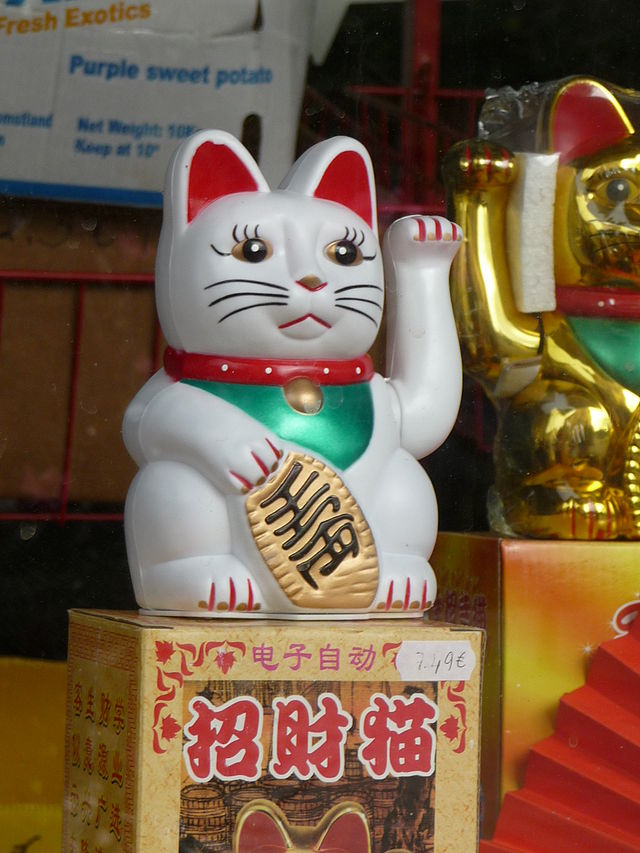

On a side note, there’s also a famous Japanese idiom that means something like, “a gold coin to a cat” which refers to giving something to someone who can’t appreciate its value – I always assumed that was part of the reason these lucky cats carry gold coins too. I’ve never really been sure, though, so if anyone has more insight, please let me know. Who knows, maybe it’s the other way around 😛
Anyway, hopefully that helps answer the question and provides a little more insight. It seems like these are becoming more well-known here in the West lately, so if you ever see one at a store (or in a game) somewhere, now you know what the deal is!
If you’re interested, definitely check out the maneki-neko Wikipedia article, as it’s got a ton more info than I could ever provide.

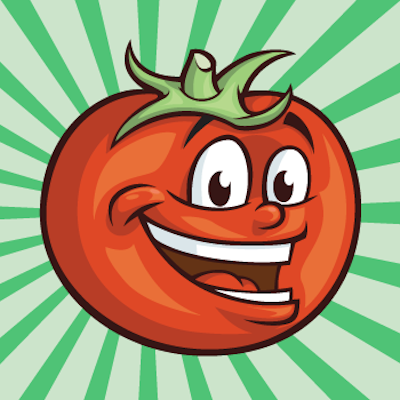

![Passport to MOTHER 2 [Learn Japanese!] Passport to MOTHER 2 [Learn Japanese!]](https://legendsoflocalization.com/wp-content/uploads/2018/05/pp-m2.jpg)
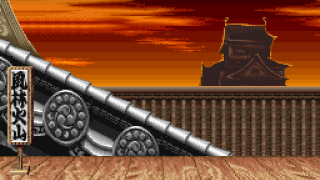
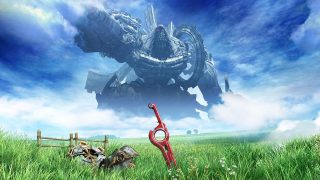
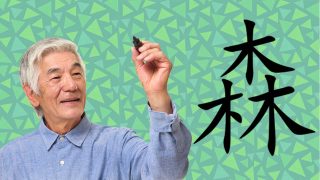
Wait a minute… didn’t they recently state Hello Kitty is not a cat? Then why… ow, my head.
I try to avoid Hello Kitty canon
Mostly because I didn’t know there was canon, wow 😯
No they didn’t; it was a misunderstanding. Hello Kitty is officially a cat.
OK, fair enough.
But then they had to go and mention the whole “Goofy is a dog and walks and talks while Pluto doesn’t”.
Stupid me and my insistence on trying to find logic in things. =_=
Goofy is not a dog – Goofy is a “Goof.” His race has dog-like features, but they are not dogs like Pluto.
Goofy is a dog, even being named Dippy Dawg in his early days, and having said name retained oftentimes in modern use (where Goofy is a nickname for Goof D. Dawg). In the same way, Pegleg Pete’s existence doesn’t impede Minnie from having a pet cat.
There simply are “human-animal” and “animal-animal” versions of every animal, since this is all a cartoon. Mickey doesn’t act like a mouse (at least not after a couple early shorts), him being a Mouse is just kept for visual flair.
The “gold coin to a cat” thing also appears in Pokémon’s Meowth – cat-like monsters who are attracted to shiny things, carry a gold coin on their forehead, and are able to find (steal?) coins during battles. If you look at a Meowth, you could translate neko ni koban as “gold coin on a cat”…
Neko ni Koban is actually the Japanese name of their Pay Day move, even.
I saw a Lucky Cat figure at my local mall, but I already knew about its meaning. I would like to have one of these in house…
…Whoa. I can’t believe I was so blind to what Meowth was this whole time. I just thought, “Ah, gold coins… cats… sort of like Meowth… Wait… O_O…”. Something like that.
I always thought the lucky cat came from China, so I never thought to look at the writing on its coin as “Japanese” kanji. I guess because I knew about lucky cats before I ever started learning anything about the Japanese language. Funny how that preconception stays even after years of understanding the basics!
Speaking of Japanese currency, why is the current currency being used today called “Yen” in English when it is called 「えん」 (“En”) in Japanese? Even its ISO code, “JPY” stands for “Japan Yen” when “NPE” or “NIE” (“Nippon En”) would make more sense. Also, if 「円」 is the symbol used for the currency, how did the “¥” symbol come into existence? Because “¥” exists at all, I cannot help but compare the use of 「円」 to saying “60.00 dollars” (spelling out the word “dollar”) instead of “$60.00” (using the dollar sign).
Yes, I am aware that, historically, Japanese once had a “ye” syllable, but it no longer has that syllable today.
There’s an explanation here:
http://en.wikipedia.org/wiki/Japanese_yen#Pronunciation_and_etymology
There’s another good example of a Japanese word which common international spelling is different from any standardized current romanization due to the word having been around so long, but I can’t think of what it is right now… anyone?
I think I was already aware of the explanation in the Wikipedia article. Perhaps what I am really looking for is why we won’t revise the international name to make it match the local name.
As for the other example of a word with a different international spelling from its local one, are you thinking of “ginkgo”? Not only does it not match the actual word 「ぎんきょ」 (an alternate pronunciation of 「銀杏」 (「ぎんあん」) (http://en.wikipedia.org/wiki/Ginkgo_biloba#Etymology)), it is absolutely impossible to recreate this romanization using any permutation of kana in either Hepburn or Nihon-siki.
Nah, I was thinking of “mahjong” – it’s Chinese, not Japanese, but it’s a good example of a word which international spelling was established before the current standardized romanization systems and which was so common people didn’t want to change hat they referred to it as.
There is no need to revise the spelling and pronunciation of words that match the original pronunciation just because the source language has failed to retain it.
The French word bateau is a continuation of the Old French word batel, which in turn was loaned from Anglo-Norman “bat” which was a borrowing from Old English bāt (“boat”).
Since Old English bāt has evolved into the Modern English “boat”, should French change “bateau” to “boteau”?
I think not.
“Japan”? “Samurai”?
I think my first encounter with the lucky cat was via Legend of the Mystical Ninja on the SNES — they were everywhere in that game. If I remember correctly, there was a (very) brief explanation of what the heck they were in Nintendo Power around then as a result.
I certainly prefer “a gold coin to a cat” to “pearls before swine”. The former seems a little less aristocratically insulting.
Hm, how would “ten million ryo” be converted to modern-day American/Japanese currency? Or is Japan’s economic history so confusing that a straight conversion from ryo to yen/USD would be impossible?
I’m honestly not sure. I suppose like most currencies the ryo probably fluctuated in value too. But I did a quick search and it sounds like 1 ryo is (extremely) roughly equal to around 100,000 yen. Since we’re doing extremely rough math already and the info I got was already during a weird time for yen/dollar exchange rates, let’s just say that’s about 1,000 dollars. Multiply that by ten million and you get 10,000,000,000 dollars.
Again, it’s a super-iffy estimate but it should at least give a rough idea.
I remember how interesting it was that the maneki-neko was integrated pretty easily into the U.S. in games and anime throughout the 90s, without much cause to edit it out or swap it for something else because of that paranoid fear that North Americans wouldn’t know what it was.
The earliest memory I have of maneki-neko was in Legend of the Mystical Ninja, which also used ryo as currency as many classic game fans know (though they were called “lethal coins” in the U.S. version because Goemon threw them for his projectile attack, which also started the joke of throwing away money to earn money).
And don’t forget the Gold Cat spell from Tales of Vesperia! ;D
“I remember how interesting it was that the maneki-neko was integrated pretty easily into the U.S. in games and anime throughout the 90s, without much cause to edit it out or swap it for something else because of that paranoid fear that North Americans wouldn’t know what it was. ”
It’s not like Lucky Cats are super obscure knowledge or anything. You sometimes see Asian run businesses and stores displaying them, hell even I saw one at a local Timothy’s once.
There’s a YuGiOh card based on the Maneki-neko called “Neko Mane King”. There’s also another anime-only card based on the idiom that was literally localized as “Gold Coins for Cats”.
http://yugioh.wikia.com/wiki/Neko_Mane_King
http://yugioh.wikia.com/wiki/Gold_Coins_for_Cats
I remember in middle school when my band teacher randomly found a Neko Mane King card during class and sarcastically said, “Ooh, treasure.”
Side note, but it says my comment is awaiting moderation.
Is this a new thing, or did I say something wrong in the past? I know I was a bit hostile on a couple comments. :\
Oh, no, I don’t think it’s anything you’ve done, it’s probably just because you posted a couple links in your post, so the spam filter was like, “This doesn’t SEEM like spam, but I’m not sure, so I’ll wait for the human to decide.” 😛
Why do you have a spam-filter?
Because the site gets a LOT of spam. Here’s just from the last week or so:
Sweet baby Jesus. O_O
And only 51344 of them were posted by me!
The koban is for fortune. They don’t always carry coins. Fish (abundance), mallets (wealth), and various religious items (especially darumas for good luck) are also common. Basically anything that could mean lucky or prosperity. The coin is common because of their proliferation in stores.
The coloring is also symbolic of various things. Calico is considered the luckiest, so that’s why most are calico.